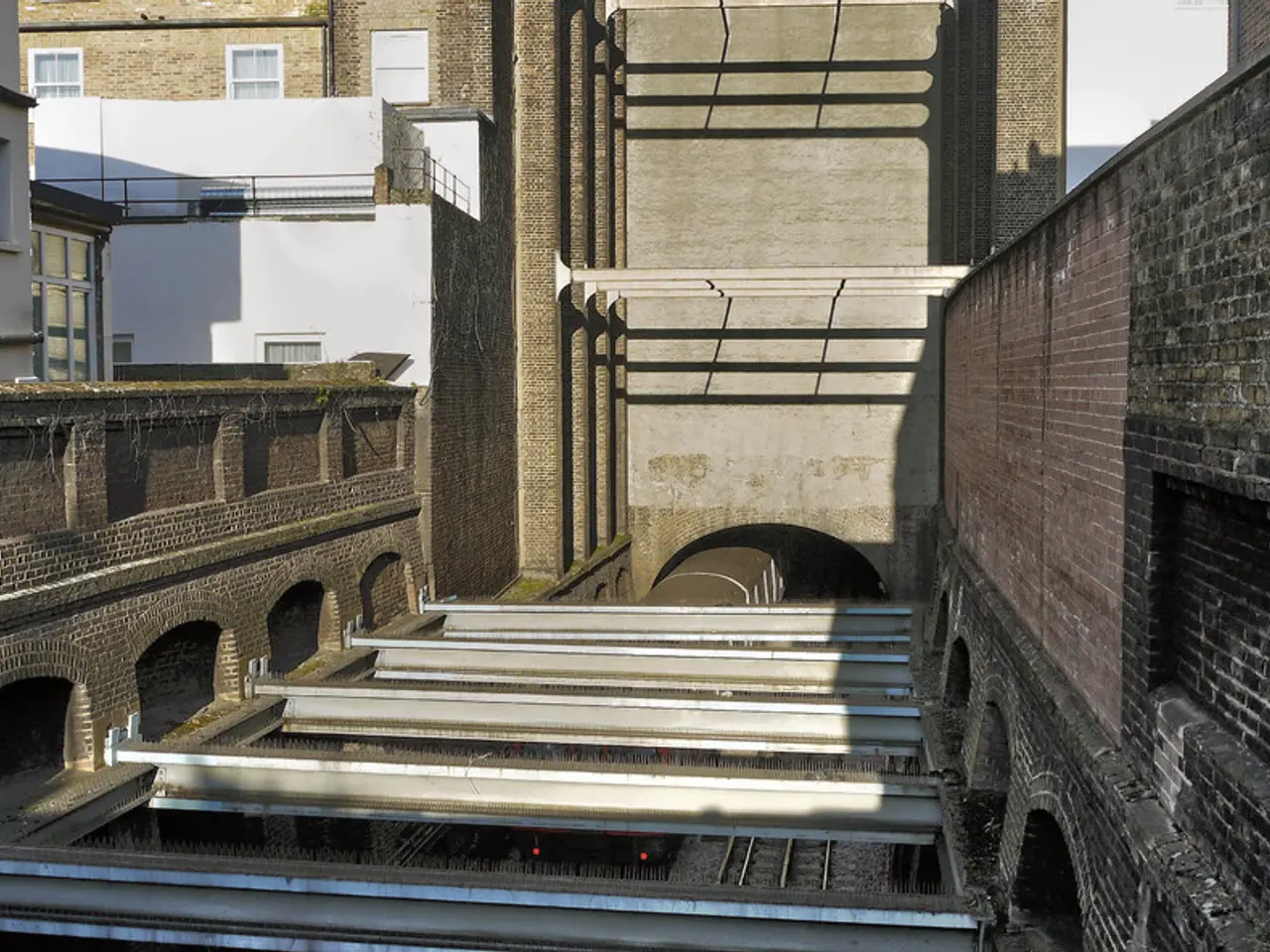Bucharest advances with the subway line initiative, connecting Bragadiru and Voluntari.
The Romanian government has announced plans for a new subway line in Bucharest, named Subway Line 7, as part of the country's 2021-2030 Investment Program. This ambitious project is eligible for EU funding through the 2021-2027 Transport Program and aims to cut air pollution, ease traffic congestion, and improve connectivity between central districts and suburbs.
Transport minister Ciprian Șerban made the announcement alongside Metrorex director Mariana Miclăuș, the mayors of Districts 2 and 5, Rareș Hopincă and Vlad Popescu Piedone, the mayor of Bragadiru, Gabriel Lupulescu, and Ilfov County Council president Hubert Thuma.
The 26-kilometer double-track route with 27 stations will pass through key areas such as Șoseaua Alexandriei, Calea Rahovei, Piața Unirii, Calea Moșilor, and Șoseaua Colentina. It will connect Bragadiru in the southwest to Voluntari in the northeast, supporting sustainable mobility across the Bucharest-Ilfov region.
The project, estimated to cost EUR 2.47 billion (excluding VAT), also includes two depots. The final cost will be determined following a feasibility study.
The new subway line is expected to stimulate local economic development and contribute to the Bucharest-Ilfov regional development strategy. However, the specific financing beyond the EU budget has not been explicitly detailed.
The project's ultimate goal is to reduce air pollution and provide an efficient public transportation solution, thereby easing traffic congestion in the bustling city of Bucharest. With its ambitious scope and potential benefits, Subway Line 7 is set to become a significant addition to Romania's transportation infrastructure.
Read also:
- Understanding Hemorrhagic Gastroenteritis: Key Facts
- Trump's Policies: Tariffs, AI, Surveillance, and Possible Martial Law
- Expanded Community Health Involvement by CK Birla Hospitals, Jaipur, Maintained Through Consistent Outreach Programs Across Rajasthan
- Abdominal Fat Accumulation: Causes and Strategies for Reduction








